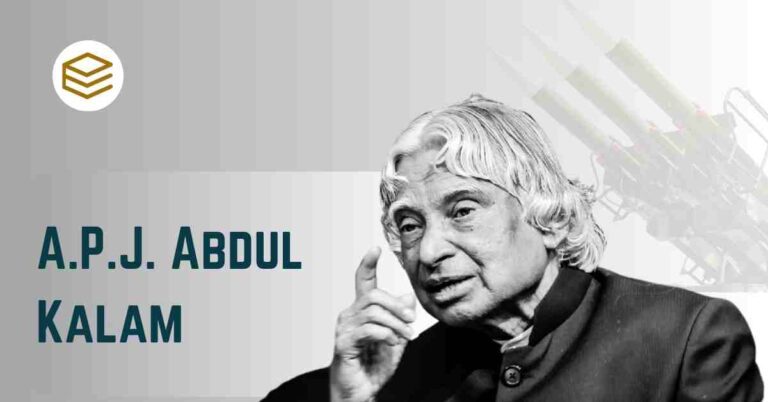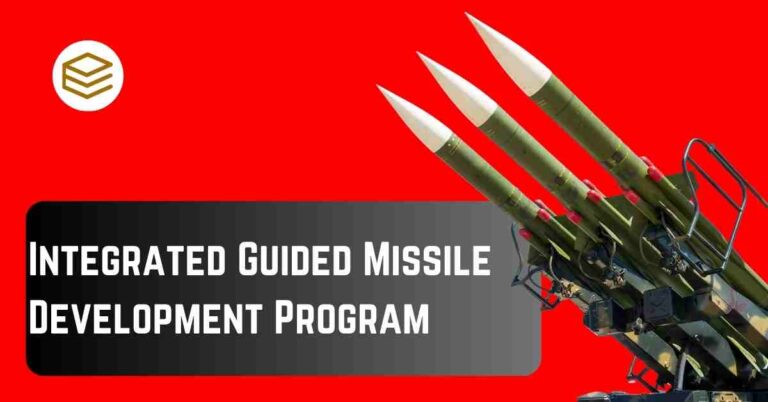October 25, 2025 12:35 am
The Pokhran-2 nuclear tests, conducted in May 1998, were a significant milestone in India’s journey toward becoming a recognized nuclear power. These tests not only demonstrated India’s scientific and technological prowess but also had profound implications on its strategic and geopolitical standing. Let us explore the details of these tests, their motivations, execution, and subsequent impacts on India and the world.
Background and Motivations
- Historical Context:
- India’s nuclear ambitions date back to the 1940s when Dr. Homi Bhabha laid the foundation of the Indian nuclear program. The first nuclear test, Pokhran-I, codenamed “Smiling Buddha”, was conducted in May 1974, signaling India’s initial entry into the nuclear club.
- However, post-1974, India adopted a policy of nuclear ambiguity, neither confirming nor denying its nuclear weapons capability.
- Strategic Drivers:
- Regional Threats: The rising nuclear capabilities of neighboring China and Pakistan created a pressing need for India to assert its own nuclear deterrence.
- Global Inequity in Nuclear Non-Proliferation: India criticized the Nuclear Non-Proliferation Treaty (NPT) as discriminatory, as it allowed a few countries to retain their nuclear weapons while restricting others.
- National Security: Ensuring India’s sovereignty in defense against potential adversaries was a key motivator.
The Tests: Execution and Details
- Operation Shakti:
- Date: The tests were conducted on May 11 and May 13, 1998.
- Location: Pokhran Test Range, Rajasthan, a site chosen for its remote location and suitability for underground testing.
- Tests Conducted: A total of five nuclear devices were tested:
- May 11: Three tests, including a thermonuclear device, a fission bomb, and a sub-kiloton device.
- May 13: Two additional sub-kiloton devices.
- Technological Achievements:
- The thermonuclear test demonstrated India’s hydrogen bomb capability.
- Sub-kiloton tests allowed India to refine its knowledge of low-yield weapons.
- These tests were highly sophisticated and conducted with minimal environmental damage and radiation leakage.
- Secrecy and Planning:
- The operation was shrouded in secrecy. It was spearheaded by Dr. A.P.J. Abdul Kalam (then Chief Scientific Advisor) and Dr. R. Chidambaram (Chairman of the Atomic Energy Commission).
- Indian authorities took extreme precautions to evade detection by foreign intelligence agencies, including satellites.
Domestic and Global Reactions
- India’s Stance:
- The then-Prime Minister Atal Bihari Vajpayee announced the success of the tests, declaring India a nuclear weapons state.
- India emphasized its commitment to no first use and minimum credible deterrence, reassuring the world that the tests were for defensive purposes.
- Domestic Response:
- The tests were widely celebrated across India, seen as a reaffirmation of India’s scientific capabilities and strategic autonomy.
- Political leaders and citizens lauded the government for asserting India’s rightful place on the global stage.
- International Reactions:
- Immediate Condemnation: The United States, Japan, and other Western nations strongly criticized the tests.
- Sanctions: The U.S. imposed economic sanctions, including restrictions on high-tech exports to India. Japan and other nations followed suit.
- Pakistan’s Response: Pakistan conducted its own nuclear tests within weeks, intensifying regional tensions.
- Support and Understanding:
- Countries like Russia and France showed a more understanding approach, acknowledging India’s security concerns.
- Over time, global perception softened as India maintained a responsible nuclear posture.
Impact on India
- Strategic and Security Implications:
- Deterrence: The tests bolstered India’s ability to deter aggression, particularly from nuclear-armed neighbors.
- Military Modernization: The successful tests spurred advancements in India’s delivery mechanisms, including missile systems.
- Scientific and Technological Growth:
- The tests showcased India’s indigenous capabilities in nuclear technology, boosting confidence in its scientific community.
- It encouraged greater investment in research and development in strategic sectors.
- Geopolitical Repercussions:
- Shift in Global Perception: India emerged as a de facto nuclear power, gradually gaining recognition despite initial backlash.
- U.S.-India Relations: While sanctions strained relations initially, they also paved the way for later agreements like the U.S.-India Civil Nuclear Deal in 2008.
- Economic Consequences:
- Sanctions impacted certain sectors but had limited long-term effects on India’s economy, which was liberalizing and growing at the time.
Significance in the Global Nuclear Order
- Challenge to the NPT Regime:
- India’s tests underscored its opposition to the unequal framework of the NPT and pushed for a more inclusive global nuclear order.
- Despite not being an NPT signatory, India maintained a strong record of non-proliferation.
- Inspiration for Emerging Powers:
- India’s assertion of its nuclear rights inspired other nations to reconsider their strategic policies.
- Evolution of India’s Policy:
- India adhered to principles of responsible nuclear behavior, including advocating for global disarmament while maintaining its defensive capabilities.
Legacy and Lessons
- Assertion of Sovereignty:
- Pokhran-II reaffirmed that India would prioritize its national interests while balancing global responsibilities.
- Balancing Act:
- India’s approach post-1998—combining nuclear assertiveness with diplomatic engagement—helped it secure a stronger position in global forums.
- The Role of Leadership:
- The leadership of Prime Minister Atal Bihari Vajpayee, combined with the vision of scientists like Dr. A.P.J. Abdul Kalam, highlights the importance of decisive action backed by expertise.
- Diplomatic Engagement:
- India’s efforts to integrate into the global nuclear order, including joining the Missile Technology Control Regime (MTCR) and seeking membership in the Nuclear Suppliers Group (NSG), reflect its evolving role as a responsible nuclear power.
Conclusion
The Pokhran-II nuclear tests were a defining moment in India’s history, marking its arrival as a self-reliant and strategically significant global player. While the tests faced immediate backlash, they ultimately strengthened India’s geopolitical position and enhanced its national security. More than two decades later, the legacy of Pokhran-II reminds us of the importance of technological self-reliance, strategic foresight, and a commitment to responsible global citizenship.





